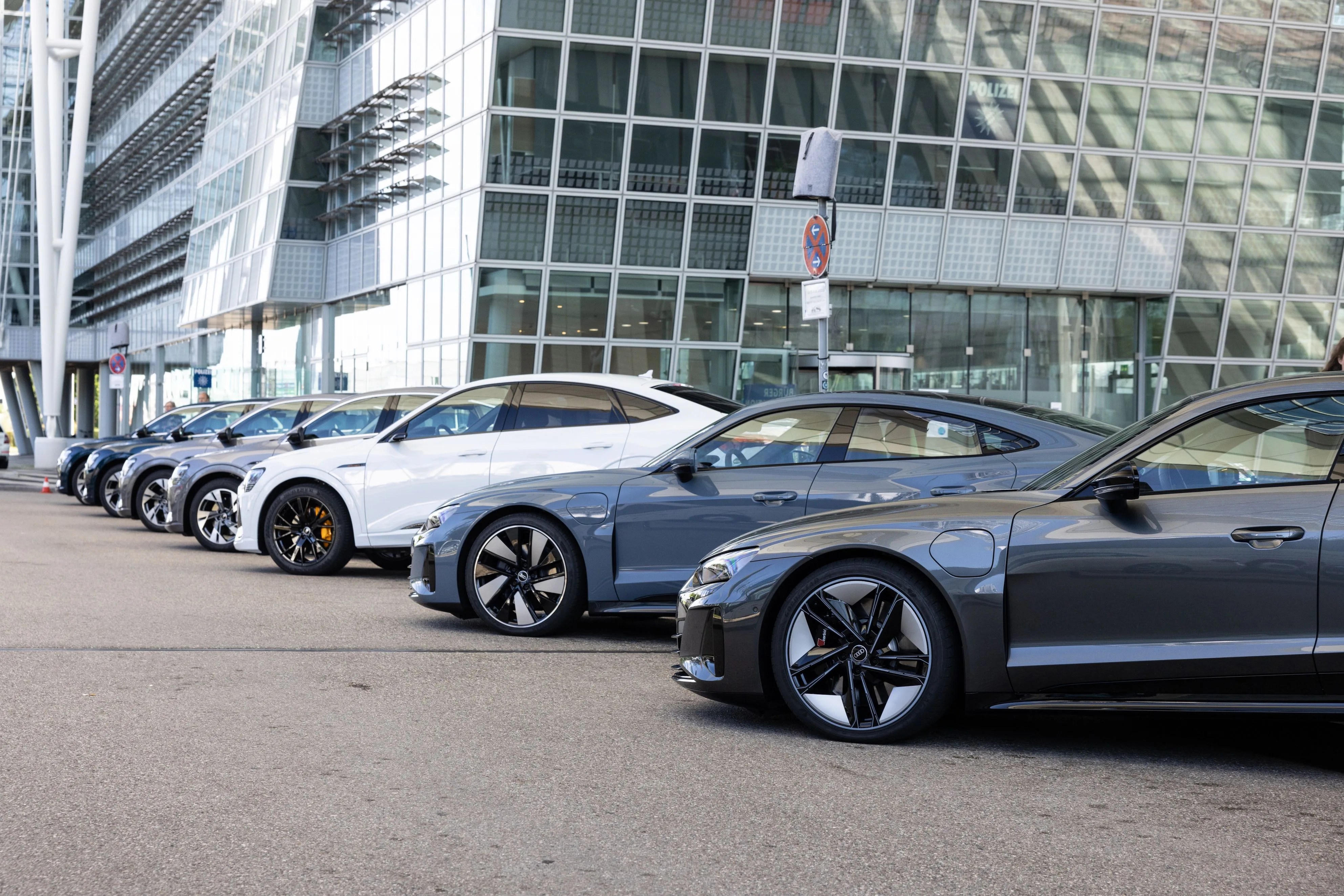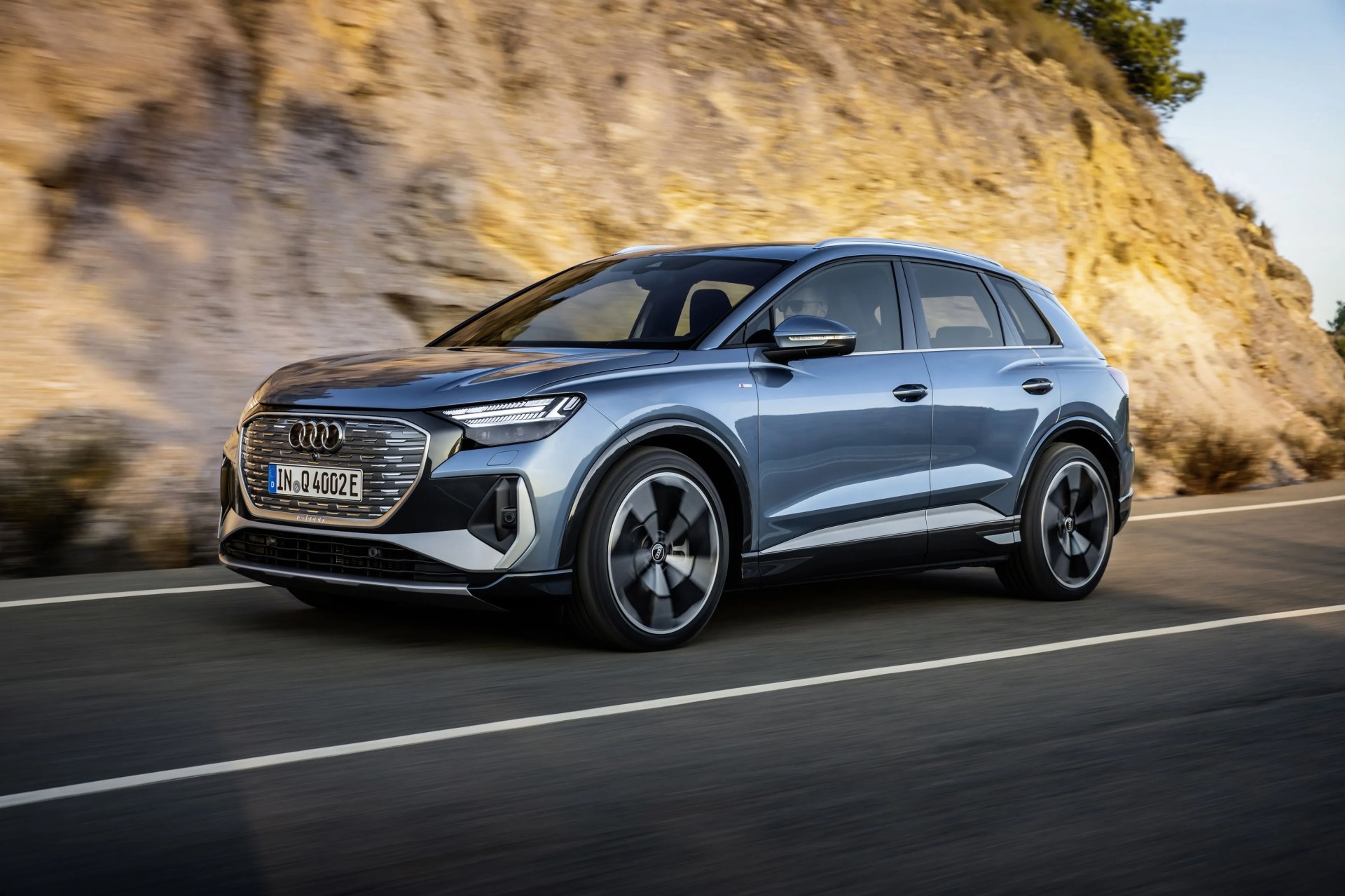Like most luxury automakers, Audi is going electric. Current plans call for the brand to launch its last internal combustion vehicle in 2026 and go 100 percent electric by 2023. Audi’s timeline may be more conservative than some manufacturers. But its product planning in the EV space has been aggressive. Audi has collaborated with its VW Group compatriots on dedicated EV platforms and launched several new vehicles to market. But the terminology can make it all a bit confusing.
Audi’s first EV was the E-Tron (Audi stylizes it with lowercase as the e-tron), an SUV launched for the 2019 model year. But E-Tron is also the sub-brand for all Audi EVs. So all Audi EVs carry some variation of the name E-Tron. Unlike the Audi combustion cars, there’s no number to differentiate or organize the E-Trons, which can be everything from a staid compact crossover to a monstrous 637-horsepower sport sedan.
Here’s a quick, hopefully helpful guide to tell your Audi E-Trons apart.
Audi E-Tron/E-Tron Sportback
 Audi
AudiThe E-Tron was the first Audi EV. It went into production in 2018. It runs on a variant of the MLB Evo platform that underpins the Audi Q5 and Q7 SUVs. By all accounts, it’s excellent to drive. Power is generous, up to 402 hp and 490 lb-ft of torque in Boost Mode. But the full EPA range, 226 miles, disappoints by present standards. And the price tag, starting MSRP of $70,800, remains steep for what you get.
The E-Tron Sportback is the Audi E-Tron with a swoopy sportback roofline (a trend that sadly will continue into the EV era). It’s more expensive than the standard E-Tron, starting at $74,000. The EPA rates it for one mile less range, 225 miles, and the roofline costs a cubic foot or two of cargo space.









